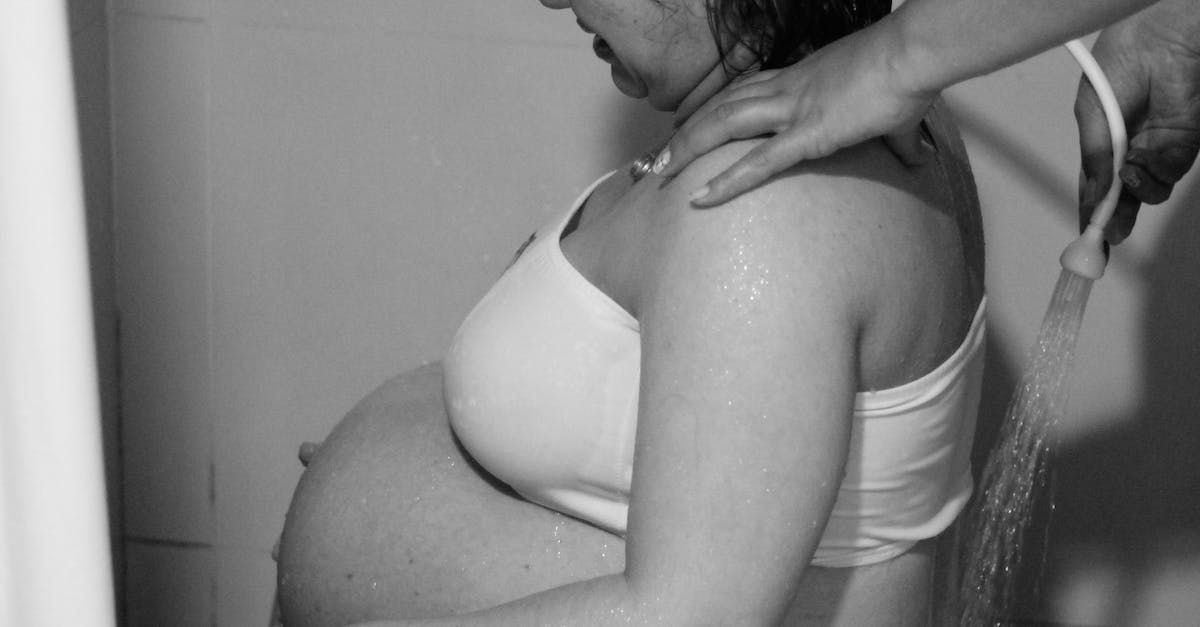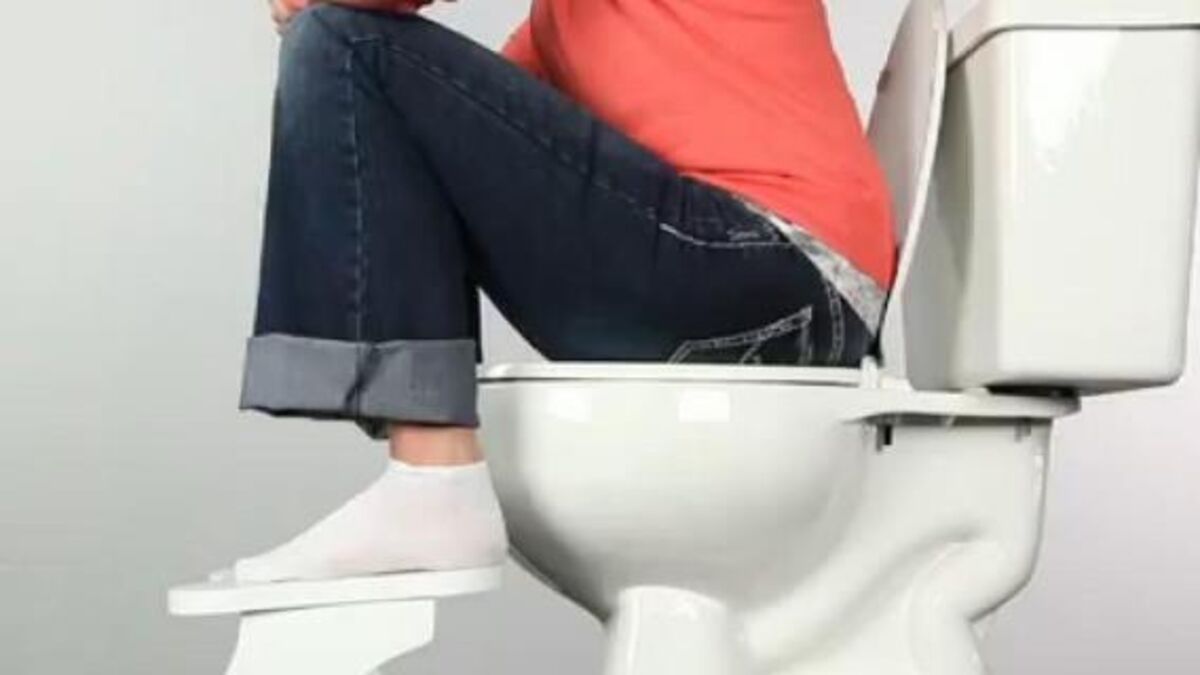Is Pelvic Floor Physical Therapy really necessary postpartum?
Yes, no matter if it is your first, second, third or more!

Pelvic floor physical therapy can be incredibly beneficial for postpartum recovery. After giving birth, your body goes through significant changes, and the pelvic floor muscles may need special attention to heal and regain strength. Here's how pelvic floor physical therapy can help you during the postpartum period:
Pelvic floor physical therapy focuses on rehabilitating the pelvic floor muscles that may have been stretched or weakened during pregnancy and childbirth. Therapists can guide you through exercises to restore their strength, tone, and function.
Many postpartum women experience urinary incontinence due to the strain placed on the pelvic floor during childbirth. Pelvic floor physical therapy can help you regain control over your bladder and reduce or eliminate incontinence symptoms. Let me fill you in on a little secret, IT IS NOT JUST KEGELS! (and again for those who need to hear that again, IT IS NOT JUST KEGELS!) Your pelvic floor physical therapist will take a deep dive into your bladder habits to guide you on all fronts of improving the leaking you may be experiencing.
Pelvic Pain Relief: If you're experiencing pain in the pelvic area or perineum after childbirth, a pelvic floor physical therapist can assess the source of the pain and provide techniques to alleviate discomfort. This include perineal tears or episiotomies during childbirth, pelvic floor physical therapy can aid in the healing process. Therapists may use techniques like scar tissue massage to promote healthy tissue formation.
Breathing: Learning proper breathing techniques can help relax the pelvic floor muscles, alleviate tension, and promote healing. Breathing aides in reduction of stress and aides in emotional well-being, which is extremely important as the risk for postpartum depression is rising.
Core Strength Restoration: Pelvic floor physical therapy can be integrated with exercises to restore core strength in a way that supports the pelvic floor and minimizes strain on it. The core is not just “the six pack muscles,” but rather the entire top down, bottom up cylinder of the trunk of the body encompassing the front, back and sides of this cylinder.
Safe Return to Exercise:
Pelvic floor physical therapists can guide you in gradually returning to exercise while considering the health of your pelvic floor. This can help you prevent injuries and ensure that you're engaging the right muscles during workouts. Part of the
empowerment in working with a pelvic floor physical therapist in your transition back to fitness, is that your therapist can help you progress, regress and implement modifications to get you back to the classes you love!
Breastfeeding Posture and Pain Relief:
If you're experiencing discomfort while breastfeeding, a pelvic floor physical therapist can assess your posture and offer suggestions to minimize strain on your body. There are many benefits to working with a lactation consultant as well to help manage the production of your milk.
Education and Support:
Pelvic floor physical therapists can educate you about the changes your body is going through postpartum and provide guidance on self-care practices that promote healing. In addition, your pelvic floor physical therapist can aide in education on cycle return, nutrition and water intake, as well as provide resources to target certain topics such as timing your fitness with you cycle as it returns.
Every single pregnancy, every single delivery and every single woman's postpartum experience is unique. Pelvic floor physical therapy offers personalized treatment plans that address your specific needs and concerns.










